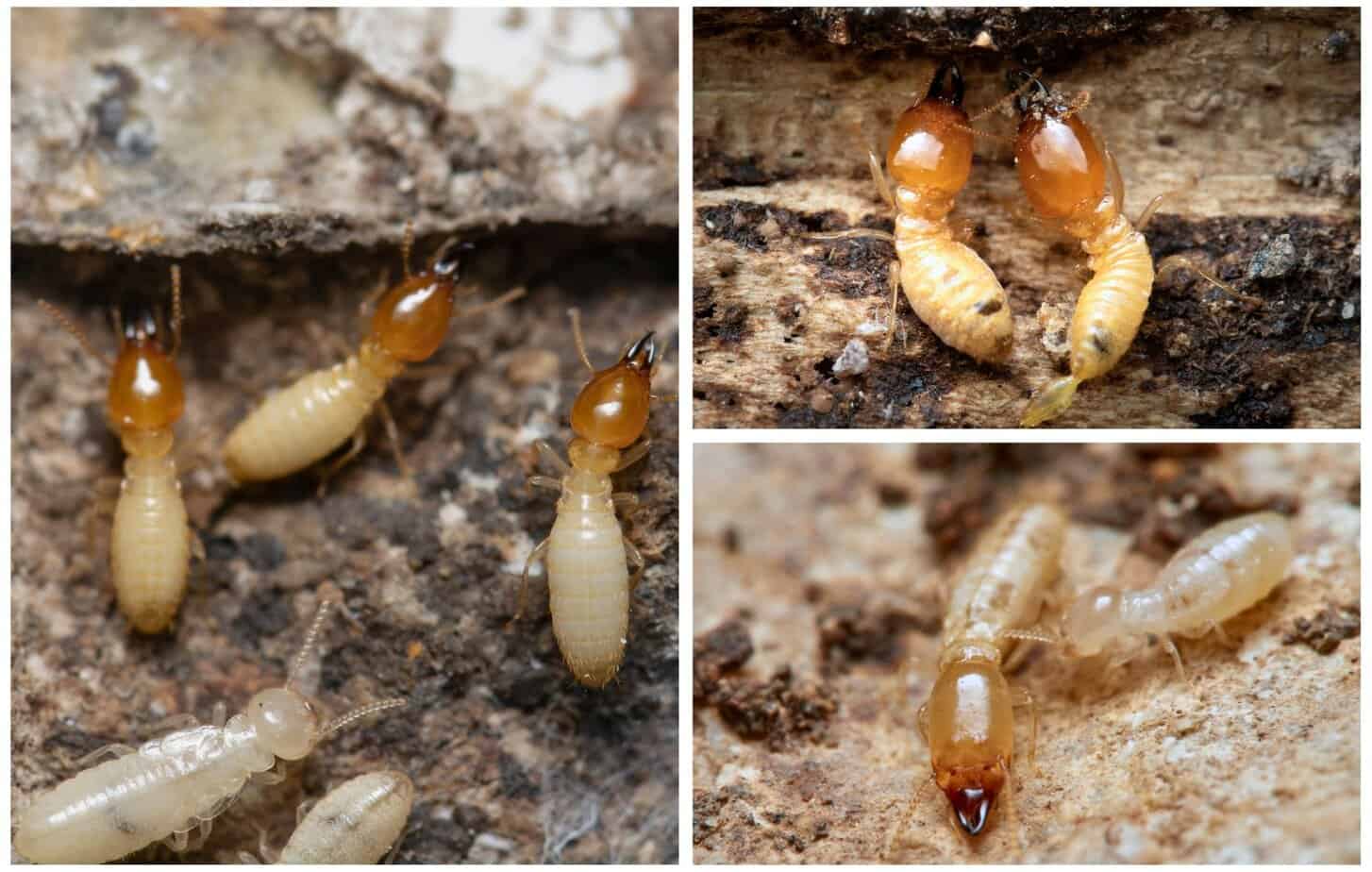Subterranean vs Drywood Termites Elk Grove | Know Termite Info
Subterranean vs Drywood Termites Elk Grove are not one-size-fits-all pests. Two of California’s most common and destructive types of threatening homes are subterranean termites and drywood termites. While they share a taste for wood, their behavior, habitats, damage patterns, and treatment methods differ significantly. Knowing how to tell them apart is crucial as it can empower you to catch an infestation early, giving you the control to protect your home from their costly damage.
Subterranean Termites: The Underground Invaders
 Subterranean termites, the most widespread and destructive termites in the U.S., are a force to be reckoned with. They live in the soil, thrive in moist environments, and build shelter tubes from soil, saliva, and wood to travel safely between their colony and food sources. These tubes allow them to bypass barriers, such as concrete foundations, and access the wooden structures of your home undetected.
Subterranean termites, the most widespread and destructive termites in the U.S., are a force to be reckoned with. They live in the soil, thrive in moist environments, and build shelter tubes from soil, saliva, and wood to travel safely between their colony and food sources. These tubes allow them to bypass barriers, such as concrete foundations, and access the wooden structures of your home undetected.
Their termite colonies are underground, which is what subterranean means. Etymonline.com defines as “situated or occurring below the ground,” c. 1600, with -an + Latin subterraneus “underground,” from sub “under, beneath” (see sub-) + terra “earth, the ground” (see terra).
Living in a massive termite colony can be hundreds of thousands of termites. The subterranean termite workers hollow out the wood from the inside, following the grain, and leave only a thin surface layer that easily crumbles. They’re especially active following Spring rains when swarms of winged termites (called alates) emerge in search of new nesting sites.
Subterranean Termite Warning Signs
- Mud tubes on walls, foundations, or crawl spaces
- Swarming winged termites, especially in spring and fall
- Hollow-sounding or blistered wood
- Sagging floors or doors that stick
Subterranean termites require moisture to survive, making leaky plumbing, poor drainage, and damp wood prime targets for infestations. They leave droppings like round pebbles inside and at the entrance of mud tubes and nests. These droppings, or frass, are a key sign of an infestation and can help you identify the colony’s location.
Drywood Termites: The Silent Destroyers Within
 Drywood termites, on the other hand, are the silent destroyers within. They do not need contact with soil or high moisture levels to survive. They nest above ground directly in dry wood, such as stored lumber, utility poles, fences, and dead limbs on trees.
Drywood termites, on the other hand, are the silent destroyers within. They do not need contact with soil or high moisture levels to survive. They nest above ground directly in dry wood, such as stored lumber, utility poles, fences, and dead limbs on trees.
In your home, they will infest walls, attics, furniture, flooring, trim, and anything else made of what they eat – wood. Unlike their ground-dwelling counterparts, they do not release round pellets of excrement or frass. Instead, drywood termite feces pellets have six flat sides, resembling a tiny barrel. Piles of these six-sided feces barrels are typically in and around their colony nesting area.
The first and sometimes only sign that drywood termites are destroying a home will be the presence of colonies. Colonies are smaller than those of subterranean termites but can still cause severe damage over time.
Drywood termites chew across the grain of wood, creating elaborate networks of tunnels and chambers filled with tiny fecal pellets, also called frass. These pellets are hard, oval-shaped, and often the first visible sign of a drywood termite problem.
Drywood Termite Warning Signs
- Piles of dry, 6-flat-sided, sand-like fecal pellets near wood surfaces
- Hollow-sounding wood
- Discarded wings from swarming alates
- Blistering or cracked wood finishes
Because they live entirely inside the wood, drywood termites are often much harder to detect until significant damage has occurred.
Why Termite Identification Matters
Understanding the differences between these two termite types is crucial because treatment strategies vary widely:
- Subterranean termites are typically treated with soil-applied liquid termiticides, baiting systems, and physical removal of shelter tubes. A professional application is essential due to the treatment’s complexity and the colonies’ size.
- Drywood termites are treated with direct wood treatments, spot applications, or whole-structure fumigation. Since they don’t rely on soil, soil treatments won’t affect them.
Regular pest control and termite inspections are your best defense. By staying proactive and engaging pest control professionals who can spot the subtle signs of both types of termites, you can take control and recommend the right solution before major damage occurs. Termite control professionals have the expertise and tools to effectively identify and treat termite infestations. They can also advise on preventive measures and regular maintenance to keep your home termite-free.
FAQ: Homeowner Questions About Subterranean and Drywood Termites
How do I tell if I have subterranean termites or drywood termites?
Look for mud tubes and moisture-damaged wood for subterranean termites. Drywood termites, on the other hand, leave behind dry, pellet-like frass and don’t need contact with soil. Also, subterranean termites typically swarm in spring after rain, while drywood termite swarms are less seasonal but often occur on warm, sunny days.
Should I worry about subterranean termites?
Absolutely. Subterranean termites are the most destructive termite species in the U.S. Their large colonies and aggressive feeding can lead to severe structural damage, often before you even realize they’re there. If you see any signs, immediate professional inspection is critical.
What is the most distinguished way to determine the presence of drywood termites?
The clearest indicator is the presence of their droppings: tiny, hard, oval-shaped fecal pellets that often collect below-infested wood. Unlike subterranean termites, drywood termites don’t build mud tubes.
Does tenting get rid of subterranean termites?
No. Tenting (fumigation) is highly effective for drywood termites, but subterranean termites nest in soil and are better controlled with soil treatments, baiting systems, and barrier applications. If you suspect subterranean termites, consult a pest control professional for appropriate soil-based solutions.
Drywood Termites or Subterranean Termites Get Professional Home Treatment
Whether tunneling underground or hiding inside your walls, termites are relentless. Recognizing the signs of subterranean or drywood termites early can save you from devastating repairs and structural loss. As a homeowner, you play a crucial role in preventing termite infestations by maintaining a dry and well-ventilated home and conducting regular inspections. This responsibility puts you in control of your home’s safety and security. At the first sign of trouble, don’t wait—call a termite specialist for a thorough inspection and take action to safeguard your home.
Don’t let termites take over your home. Schedule your professional termite inspection today and protect your investment before it’s too late. Expert solutions are just a call away! Dial 209-299-9784.
